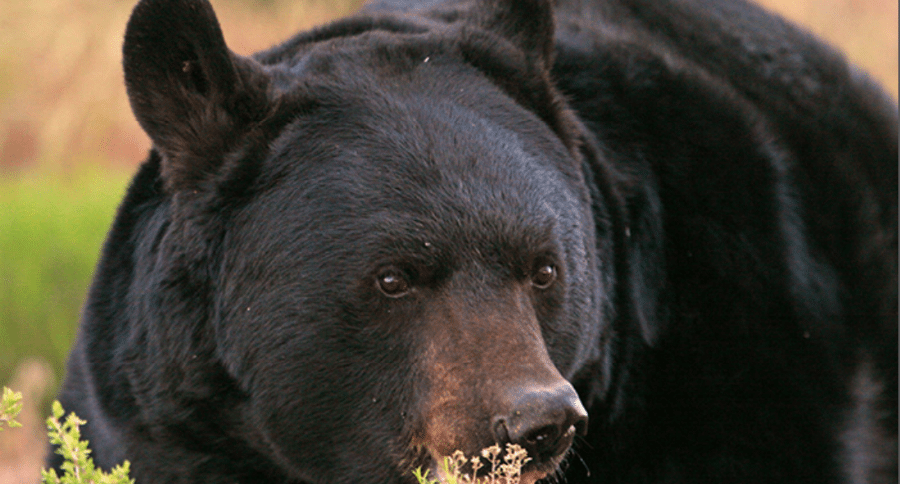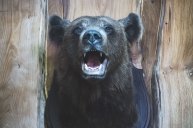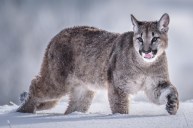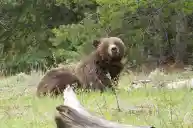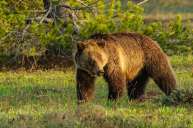Utah's black bear population is growing rapidly. The state will be issuing more permits this year to meet hunter demand and keep the bears in check.
Darren DeBloois, game mammals coordinator for the Utah Department of Wildlife Resources, is enthused about the state's black bear population. "The state's bear population is doing really well," DeBloois said. "We're excited about that."
As a result, Utah will be increasing the number of bear permits this year, following a recommendation by the DWR. Now 860 permits will be issued in 2018, compared to 758 last year.
The DWR says the increase is warranted, given the Utah Black Bear Management Plan's success over the last 20 years.
Drafted in 1998, the state began with an estimated 1,300 adult bears in 2000 and now has 3,500 bears in 2016. And those numbers don't include young bears under two years old, meaning that the population is actually much higher.
Last year, the state issued 758 permits, and hunters harvested 365 bears. The DWR expects the kill rate to be about the same with the increase, estimating hunters to take about 400 bears this year.
But competition for the tags is fierce, as more than 15,000 people applied last year.
Of course, animal rights groups oppose the decision, despite the fact hunters have taken the lead in ensuring an increase in the state's number of bears.
"The only reason we're here talking about this increase of bear populations, and whether we hunt them and don't hunt them or how we hunt them is because of hunters," said Bill Christensen, Utah director for the Rocky Mountain Elk Foundation.
"Never have I seen the opposition out there dirtying their hands, planting bitterbrush with my group," said Sportsmen for Fish and Wildlife President Troy Justensen. "And I haven't seen their cancelled checks to make sure these species are there for all of us to enjoy. We have wildlife today because we hunt them."
Bear hunters typically target older males or boars. The number of boars five years of age or older provides valuable insight into the health of the overall population.
"If the number of older males hunters take holds steady or even increases—despite older males being the part of the population hunters target most—we know the overall population is doing well," DeBloois says.
From 2015-17, only 31 percent of the bears taken were females, which is well below the state's plan to ensure that not more than 40 percent of bears harvested are females. Additionally, the plan calls for at least 25 percent of the bears hunters harvest to be males 5 years or older. Over the last three years, hunters have excelled in this department, with 36 percent of harvested male bears being at least 5 years old.
Like what you see here? You can read more great articles by David Smith at his Facebook page, Stumpjack Outdoors.
NEXT: UTAH RELEASES 10,000 PHEASANTS ON PUBLIC LAND ACROSS THE STATE
https://rumble.com/embed/u7gve.v3toev/
